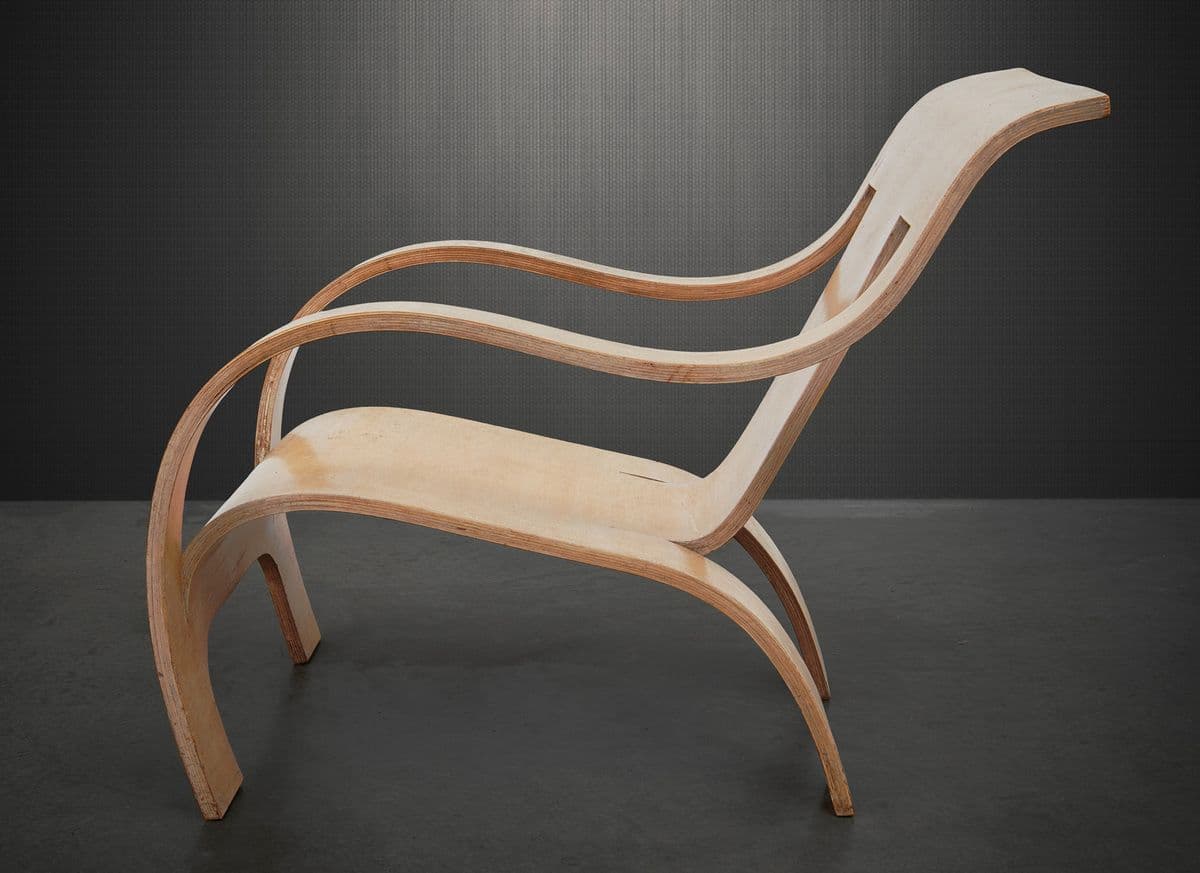Over a period of twenty-five years Edward William Godwin is thought to have produced around four hundred eclectic designs, many executed in the Anglo-Japanese style which he is credited for popularising.
During the mid-nineteenth century, British taste was dominated by ornately decorated furniture which created dark and heavy Victorian interiors. Looking to Japanese arts and crafts for inspiration, Godwin began to produce furniture which celebrated rectilinear forms devoid of ornament. He never visited Japan so relied on imported goods, amassing his own collection of Japanese prints, ceramics and furniture. His preference for elegant lines and undecorated surfaces resulted in lighter, sculptural forms, which looked forward to modern furniture design. Ebonised surfaces defined his Anglo-Japanese style, and Godwin regularly incorporated various floral and abstract motifs into furniture panels. Reducing decoration to series of turned spindles and ribbed grooves, a preference for light construction and utility dominates his work, adhering to principles of the Aesthetic Movement.
Although he is largely recognised for his Anglo-Japanese furniture, Godwin never tied himself to one style. As a result, many of his designs demonstrate an interest in Ancient Egypt and Greece, Gothic, Queen Anne and Jacobean furniture. His Anglo-Greek and Anglo-Egyptian furniture designs are characterised by inlaid and geometric-turned decoration, angled supports and splayed legs, yet retain an elegant and functional aesthetic. Another distinguishing feature of his work is the use of solid, structured lines, akin to those seen in Japanese woodblock prints. Godwin also had an interest in Chinese decorative arts, his grid-like forms and interplay of solid and void spaces likely being inspired by Chinese hardwood furniture of the Ming and Qing dynasties.
Further, these various influences played out in the materials used. Japanese or Japonesque ‘leather paper’ is frequently used on his furniture, although its use is not exclusive to him. His preference for circular mirrors is again evident on this cabinet, as is the design for the finials and his trademark ring handles and keyhole pierced backplates, taken from the antique.
Godwin’s designing was not confined to interiors. Winning the competition to build the new Northampton Town Hall at the age of twenty-nine established his reputation as a leading civic architect. He followed this with another winning town hall design for Congleton, a small town near Manchester. These successes prompted his move to London in 1865, and in 1866 Godwin, with his partner Henry Crisp, entered the competition for the building of the new Bristol Assize Courts under the nom de plume ‘1066’ or ‘Ten Hundred and Sixty-Six’. Their designs won first, second and third prizes. Despite this, and amid protestations, a second competition was order by the town council, which Godwin again entered, this time only achieving second place, beaten by a submission from Popes & Binden, which was the one finally built.
Such was Godwin’s success that firms across the world replicated his work, including Cottier and Co. and the Bombay Art Furniture Company. Godwin drew from an extensive range of sources to form his own distinctive styles, all of which are rooted in the desire to produce functional furniture for modern living.





